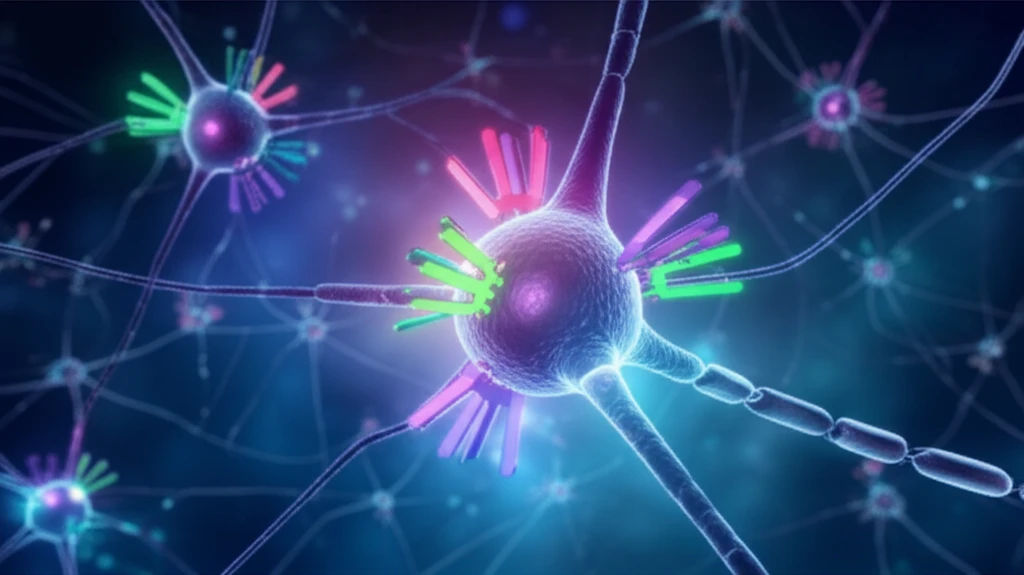
Decoding Alzheimer's: How Different Forms of TrkB Impact Brain Health
"Unlocking the complexities of Alzheimer's through the lens of TrkB isoforms: A new understanding of APP metabolism and potential therapeutic strategies."
Alzheimer's disease (AD) continues to pose a significant challenge to global health, with millions affected and numbers projected to rise. As scientists work tirelessly to unravel its complexities, a recent study published in the International Journal of Alzheimer's Disease sheds light on a critical aspect of AD pathology: the role of TrkB receptor isoforms in regulating amyloid precursor protein (APP) metabolism.
The accumulation of amyloid-beta (Aβ), a neurotoxic byproduct of APP cleavage, is a central hallmark of AD. Therefore, understanding the factors that influence APP metabolism—how it's processed and broken down—is paramount in the quest for effective treatments. This is where the TrkB receptor comes into play. TrkB, a tyrosine kinase receptor, is crucial for neuronal development and synaptic function. Intriguingly, its levels are often reduced in AD patients, suggesting a link between its function and the disease's progression.
This article breaks down the research, explaining its significance in layman's terms and highlighting potential implications for future therapies. It's designed to equip you with a clear understanding of the complexities, offering a beacon of hope in the ongoing fight against this devastating disease.
TrkB's Multiple Personalities: Understanding the Isoforms

The NTRK2 gene provides instructions for creating the TrkB receptor. This receptor isn't a single entity but exists in several forms called isoforms. These isoforms arise from a process called alternative splicing, where different sections of the NTRK2 gene are combined to produce slightly different versions of the TrkB receptor. Each isoform has unique structural and functional properties.
- Full-Length TrkB (TrkB FL): This is the longest isoform and contains a tyrosine kinase domain (essential for its signaling function), an SHC-binding domain, and a PLC-γ-binding domain.
- TrkB SHC: A shorter isoform, possessing only the SHC-binding domain.
- TrkB T: A truncated isoform that lacks any known intracellular functional domains.
The Path Forward: Translating Research into Real-World Solutions
This research offers a refined perspective on the intricate mechanisms driving Alzheimer's disease. By recognizing the distinct roles of TrkB isoforms in APP metabolism, scientists can explore new therapeutic avenues that are more targeted and potentially more effective. While there's still a long road ahead, these findings provide a significant step forward in the fight against Alzheimer's, fostering hope for a future where this disease can be effectively managed or even prevented. Further research is also needed to fully understand these effects in vivo and in other cell models of neurodegeneration.
